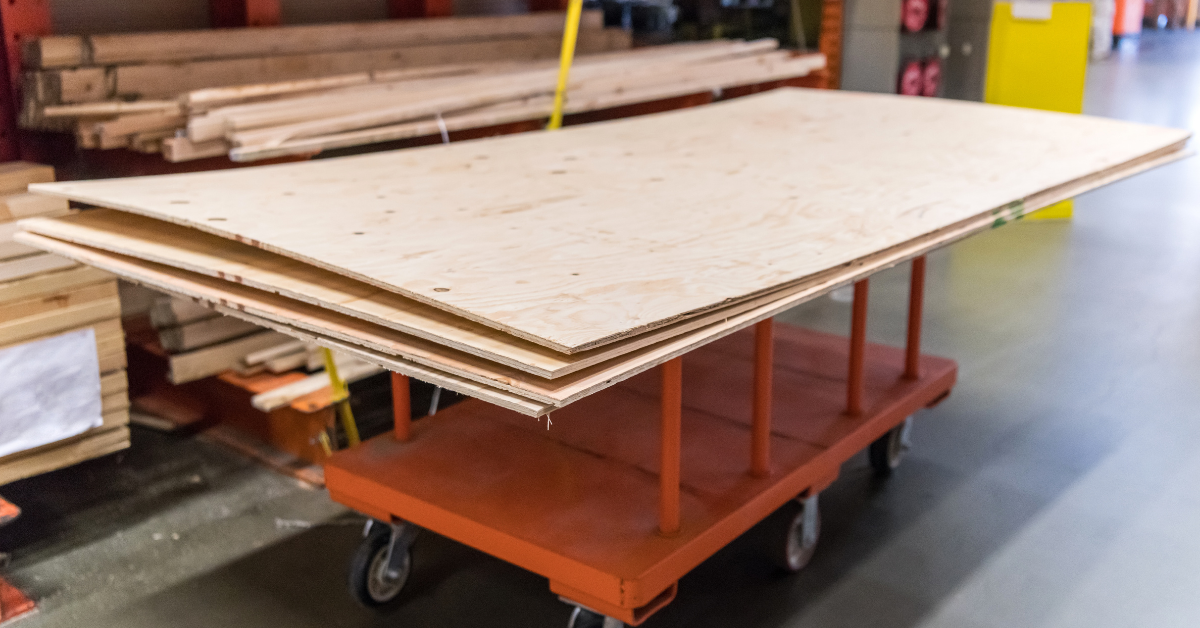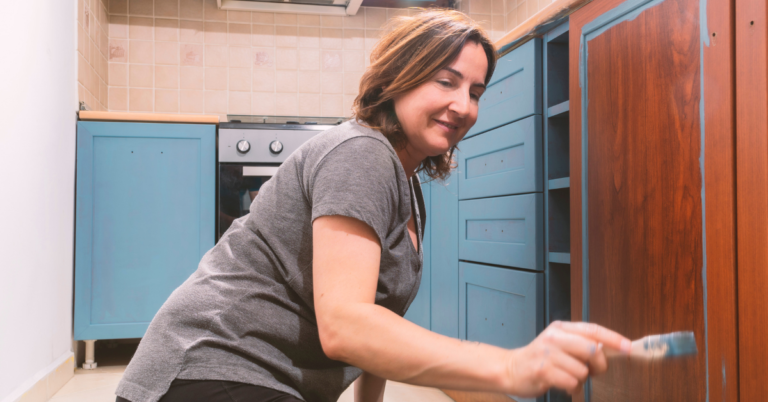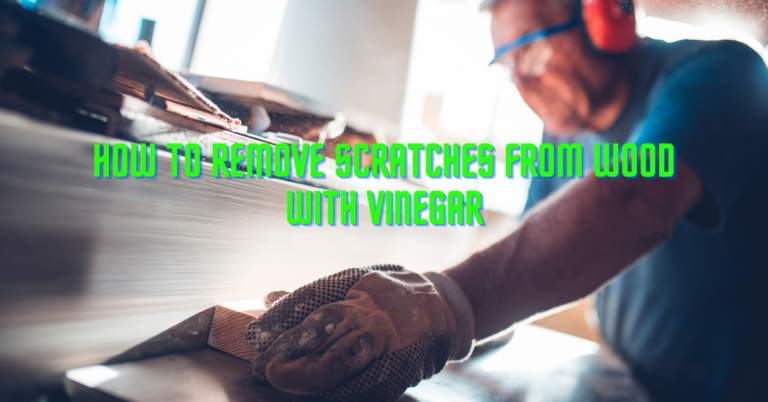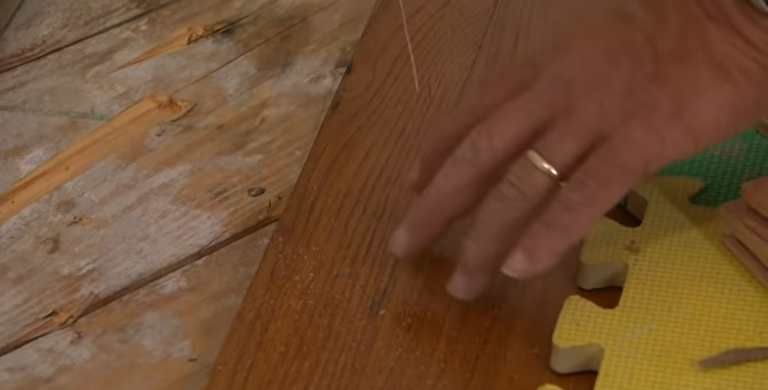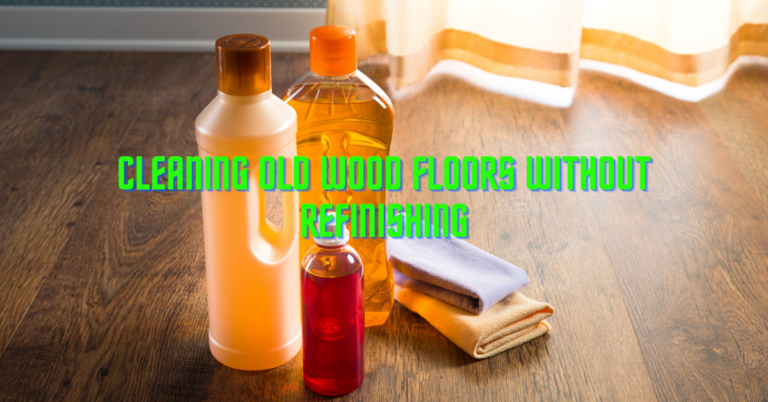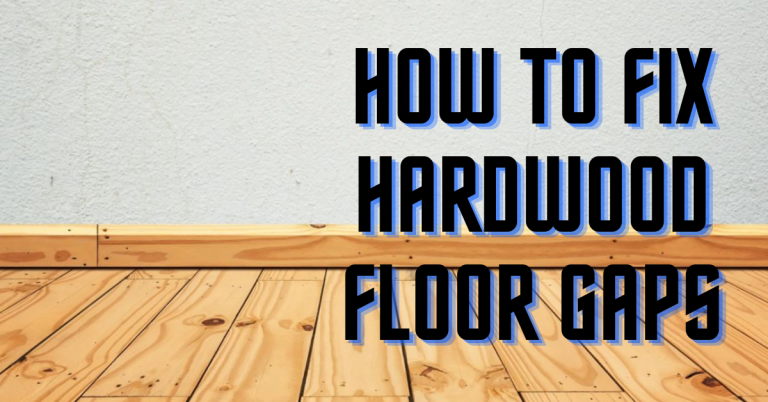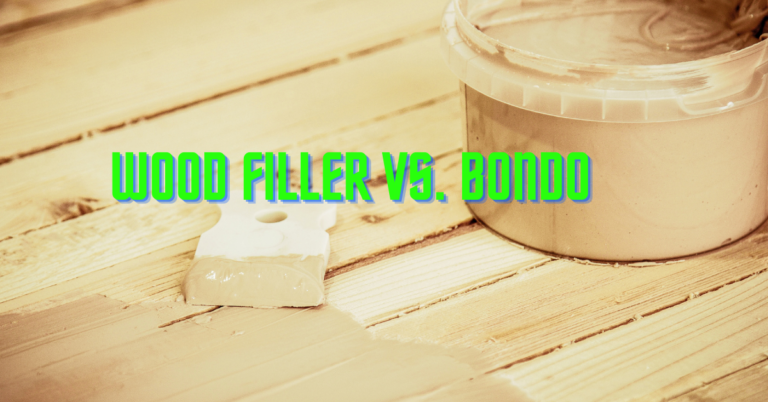Repairing Particle Board With Wood Filler (What You Need To Know)
Particleboard furniture tends to be a cheap option when there’s a need to decorate your home even whilst on a tight budget. However, this budget type doesn’t always withstand the test of time.
Particleboard panels are made from primary sawdust, wood by-products, mixed with plastic resin glues and pressed into large sheets. When these panels are used for furniture, they are usually faced with layers of plastic veneer and it is important to know the basics guides in repairing particle board with wood filler
Over time, especially when used in a hard manner, the plastic veneers can get chipped, scratched, or scuffed with permanent stains. Moisture as well, could damage the core particleboard, hence causing it to swell.
So if you notice your particleboard bookcase, end table, or chest of drawers beginning to show signs of wear, it is very much possible to refurbish the item instead of having it tossed. One of the easiest ways to fix damages done to particleboard is by applying wood putty to the broken area.
You’d have to do some prep work before the filler can be applied. Meanwhile, concealing the repair is done easily with a coat of paint.
This article is structured such that it shows you how to repair particle board with wood filler as well as the paint is being done with some other related information that you’d love.
So you want to follow us to the latter while we have you an amazing experience and a detailed understanding starting from the needed requirements down to how it is done. Happy reading!
Things you’ll need
- Medium-grit sandpaper
- Stiff-bristled brush
- Paintbrush, small roller or spray primer.
- Vacuum cleaner
- Wood filler
- Putty knife.
Steps 1:
Get rid of rotted wood or loose chips from the damaged area using a stiff-bristled brush. Carefully sand and smooth rough edges with a medium-grit sanding block.
Using your vacuum cleaner, completely remove dirt, dust as well as small pieces of particle board. This is important because wood filler will not adhere to a dirty surface.
Step 2:
Now you want to fill the damaged area with wood filler using a putty knife. Wood filler tends to shrink as it drys, so you should ensure to apply enough filler to shape a mound slightly higher than the surface so as to allow for easier sanding. Then you allow the filler to dry up completely.
Step 3:
The next step now requires you to sand the patched area using a medium-grit sanding block. Remove the sanding dust with a vacuum cleaner and apply a second layer of wood filler while you give it some time to dry completely.
Step 4:
After you’re sure you’ve successfully patched the damaged area, then sand and smooth the wood filler with a fine-grit sanding block. Feather the edges of the filler into the wood surface and get rid of the sanding dust with a vacuum.
Step 5:
Then, apply a third coat of wood filler as needed, depending on the size of the damaged area. Give the filler some time to dry, after which you sand it smooth with a fine-grit sanding block.
Step 6:
If you intend to paint, you’ll need to prime the particleboard. So you get your paintbrush, small roller or spray can apply the primer and then allow it some time to dry completely before applying the paint.
Also Read: Best Epoxy for wood slabs
Few tips to note
- Never apply primer to the repair. If you’re staining the particleboard rather than painting, then ensure you use wood filler that can be stained.
- Make use of an electric sander equipped with a dust bag to sand large areas.
- Auto body fillers can also be substituted for wood fillers because of their strength and durability.
- Wood hardener can be applied to rotted or damp wood so as to strengthen it before doing the repair.
- Ensure you put on eye protection and a dust mask when sanding.
- Lastly, refer to the manufacturer’s mixing instructions when the two-part epoxy filler is being used. This is because there are several brands of epoxy filler and the instructions vary depending on the manufacturer.

Refurbishing particleboard furniture with paint.
Instructions
1. Repair damage
If the entire piece of your particleboard is carefully cleaned and every damage therein is repaired, you tend to get the best result when you paint your particleboard.
- Repair damaged veneer
When the glues that hold plastic veneer to the particleboard core are loosened, because over time it can loosen over, especially at the edges. This can be repaired with contact cement.
So carefully lift up the loose veneer while you use a putty knife to scrape away as much loose, dry glue as possible. Thereafter you apply a thin layer of contact cement to both the bottom surface of the veneer and the particleboard surface.
Then you get a small stick or a pencil to keep the surfaces apart for 15 minutes thereabout until you’re sure the glue is no longer shiny.
Using a block of wood or roller, press the plastic veneer down onto the particleboard core. Ensure the veneer bonds firmly.
- Repair water damage
There are some particleboard furniture that are not faced with laminate, instead, they are painted. And with these pieces, long exposure to water tends to create bubbles as well as permanent stains on the surface. In fact, the particleboard may even soften and begin to break down.
So to fix water-damaged sections of particleboard furniture, get the damaged areas removed using a sharp razor and then fill the space with wood filler and sand smooth.
Perhaps the damage is extensive, remove the damaged area and replace it with a new piece of particleboard. If it happens that the furniture item isn’t all that important or sentimental, you may need to evaluate the cost of repair with that of purchasing a new piece of furniture.
- Repair scratches and chips
Particleboard furniture are easily prone to chips, scratches and cracks. So if you noticed this kind of damage, you want to start by filling the damaged area with wood putty or filler using a putty knife. After which you smoothen the patch area such that it is even with the surrounding surface.
Allow the putty or filler to dry completely overnight then you sand gently over the repaired area with fine-grit sandpaper until you’re sure the surface is completely smooth.
2. Sand the surface
Now that the surface has been repaired, it’s time for sanding. It may seem quite difficult for paint to stick to the surface of particleboard furniture since the furniture faced with laminate has a glossy finish.
So this is one step to really do not want to skip as you may eventually end up with chipped paint just in a matter of days. Sand the whole item with fine-grit sandpaper or a sanding block so as to remove any old finish, lacquer or gloss.
The goal is not just to sand off the plastic veneer but to simply scuff the surface and give it a “tooth” that’d enable the paint coat to adhere properly. However, be careful not to sand too harshly on the edges else you risk chipping away the top layer of the laminate.
3. Prepare the primer
Choosing the appropriate primer would actually save you time by eliminating the need for many coats of paint. If you intend painting dark-colored particleboard, you really want to run with a gray primer. If it’s light-colored particleboard you want to paint, then go ahead with using a white primer.
In a pinch, you can use some of the paint to tint the primer.
4. Use the primer
After you’ve properly sanded the item, then you can apply the primer to the surface. While you can use a roller to apply the primer, using a paintbrush to apply a thin coat will help ensure that the primer gets into every crevice. Allow the primer to dry completely before going ahead to apply any paint.
5. Sand the primed surface lightly
Just before you apply the paint, try to sand the primer layer slightly. By doing so you’d ensure the top coat goes on smoothly and sticks well. After sanding, do away with any sanding dust using a lint-free cloth.
6. Apply paint
If possible, use a fine finish roller to paint particleboard furniture. This tool will ensure a smooth final finish and will not show obvious brush strokes.
Note: While painting, watch the edges for any paint drips and use your paintbrush to wipe them off before the paint begins to dry.
Also, depending on the paint, a cost usually should cover the surface properly. But the best outcome is often achieved if two or three coats of paint in thin, uniform layer is applied. Perhaps you’d be needing a subsequent coat, ensure the first coat dries completely before applying the next one.
Conclusion: Repairing Particle Board With Wood Filler
If the damage is a bit too extensive, then you might be left with no other option than to replace the damaged section with new particleboard entirely. However, repairing your particleboard using a wood filler is basically one of the easiest ways to refurbish your furniture.
Everything you’d need to have a successful project has been explained above plus always remember to refer to the manufacturer’s instructions regardless of the epoxy type you’re using. They differ and may have a negative impact on your project.
I hope you find this piece insightful!
Important Reads:

